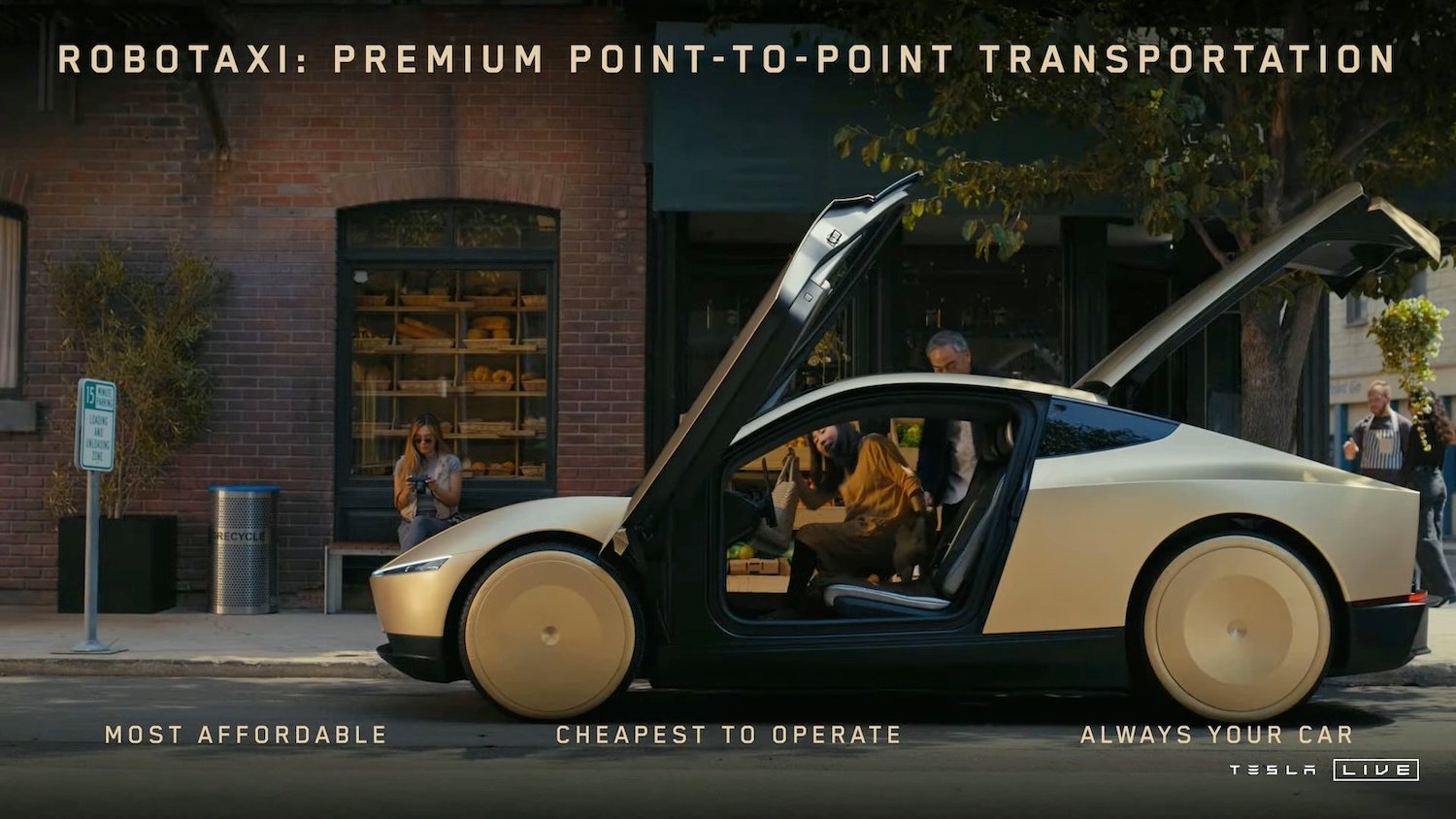
Krafcik Sounds Alarm: Will Musk’s Robotaxi Launch Be Reality or Smoke and Mirrors?
The driverless vehicle industry is bracing for what could be a pivotal moment this summer as Tesla CEO Elon Musk promises to launch his robotaxi service, dubbed "Cybercab," in Austin, Texas. However, skepticism is swirling, particularly fueled by comments from John Krafcik, the former CEO of Waymo, Google’s autonomous driving company. Krafcik, a seasoned expert in the field, has publicly questioned Musk’s ability to deliver on his ambitious promises, suggesting that the Tesla CEO might resort to "shady tactics" to create the illusion of a functional robotaxi service.
Krafcik’s remarks, initially published in a German magazine and subsequently highlighted by English-language blogs like Electrek and Autopian, have ignited a debate about the feasibility and authenticity of Musk’s claims. The crux of Krafcik’s argument centers on the discrepancy between Musk’s grand vision and the practical challenges of developing and deploying safe, reliable autonomous vehicles.
Autopian’s translation of Krafcik’s interview delves into the initial unveiling of the Cybercab, pointing out several inconsistencies. The design itself raises eyebrows, particularly the small size and limited seating capacity of the vehicle. Krafcik implies that it’s a perplexing choice for a service intended for public transport, where passenger volume and safety are paramount.
But the most impactful statement from Krafcik, the one resonating throughout the tech and automotive world, is his assertion that "There are many ways to fake a robotaxi service." This loaded sentence casts a shadow of doubt over Musk’s intentions, implying that the Tesla CEO might prioritize appearances over genuine functionality.
Why would someone of Krafcik’s stature openly question Musk’s integrity? The answer lies in Musk’s track record of overpromising and underdelivering, often blurring the lines between technological reality and carefully crafted marketing hype.
One recurring example cited by critics is the presentation of Tesla’s Optimus robots. Musk has repeatedly suggested that these humanoid robots are capable of autonomous actions, showcasing them in demonstrations that often fall short of genuine autonomy. The reality, as revealed by behind-the-scenes glimpses, is that these robots are frequently controlled remotely by human operators, creating a misleading impression of their capabilities.
The incident involving the robot "folding" a shirt in January 2024 further exemplifies this pattern. The video, initially presented as a demonstration of Optimus’s advanced dexterity, was later exposed as a staged event, with a human off-screen manipulating the robot’s movements.
Even earlier, in 2021, Musk’s initial robot "demonstration" involved a person dancing in a bodysuit, a spectacle that many now view as a symbolic representation of Musk’s penchant for grand pronouncements that lack substance.
These instances paint a picture of a CEO willing to prioritize spectacle and public perception, raising concerns about the potential for similar tactics in the robotaxi realm. Will Musk deploy fully autonomous vehicles capable of navigating complex urban environments safely and reliably? Or will he rely on remote operators, pre-programmed routes, and carefully curated demonstrations to simulate a functional service?
The possibility of Musk missing his self-imposed deadline for the Cybercab launch is also being widely discussed. Given his involvement in various ventures, including his ownership of social media platform X (formerly Twitter) and space exploration company SpaceX, Musk’s attention is undoubtedly divided. This raises questions about whether he can dedicate the necessary resources and focus to successfully launch a fully functional robotaxi service in the coming months.
While achieving full autonomy in urban environments is a complex and challenging undertaking, companies like Waymo have already demonstrated the feasibility of operating limited-scale robotaxi services. The question, therefore, isn’t whether robotaxis are possible, but whether Musk can deliver on his specific promises.
The skepticism surrounding Musk’s robotaxi launch underscores the importance of transparency and accountability in the autonomous vehicle industry. As these technologies continue to evolve, it’s crucial for developers to prioritize safety, reliability, and ethical considerations over marketing hype and public relations stunts.
Whether Musk will meet the challenges, or will follow his previous habits of "fake it til you make it" remains to be seen.
The coming summer will undoubtedly be a revealing moment for Tesla and the future of autonomous transportation.
